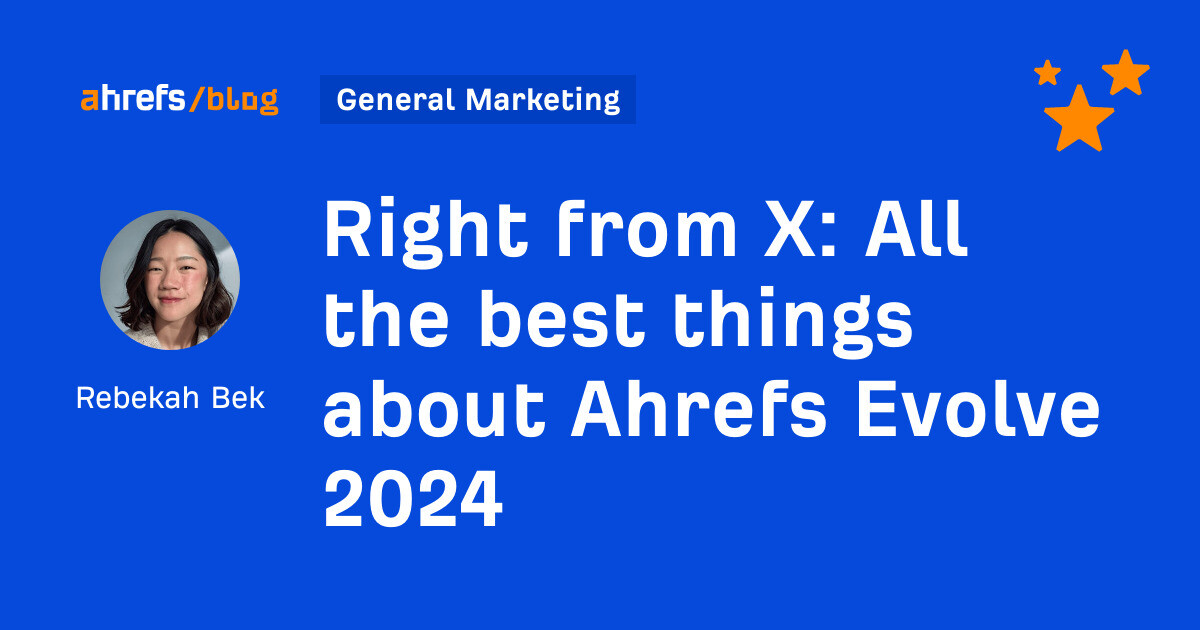By Nigel Adams
Financial institutions are accelerating digital transformation to meet rising consumer expectations for speed and convenience, lower operating costs and adapt to increased competition from fintech (financial technology) startups, big tech firms, and non-traditional banking competitors.
However, navigating the complexities of digital transformation is challenging and expensive. Some banks spend more than 10 percent of their yearly revenues on technology investments. And yet, according to an Oliver Wyman investor survey, only 25 percent of investors were confident digital-transformation strategies would be effective, and 38 percent were skeptical.
The root of the friction is that mature organizations must digitize before they can become digital. However, many banking leaders responsible for digital transformation and optimization struggle to gain an accurate picture of existing business processes and the potential impact of change. This lack of hard data increases the risk of failure and puts the financial institution at a disadvantage against the new competition in a rapidly changing marketplace.
But there’s hope. Process mining is emerging as a strategic, analytical discipline that allows financial institutions to derive far greater insight into the structure, performance and compliance of their business processes based on what really happens as they are executed. The benefits of process mining are key to enabling financial institutions to take data-driven approaches to digital transformation and operational improvement.
Here are seven ways process mining helps banks enable successful digital transformation:
1. Understanding the “As-Is”
Understanding and documenting current processes is one of the most time-consuming and critical stages of any digital transformation. With processes fragmented and distributed across multiple departments, from bankers and the branch network through the contact center and into multiple back-office teams, getting the right resources in the room to document current processes is a challenge. Added to that, years of restructuring, and the chances of getting all the right people, with the right subject matter expertise, who understand what really happens, is negligible.
Process mining allows organizations to “discover” the reality of how processes behave by analyzing the data generated when the applications that support these processes are executed. It’s usually faster, more comprehensive and far more accurate, covering all the pathways through the process that customers have managed to find over the years. A critical first step in any transformation is to identify the opportunities. Detailed process analytics and visualization techniques help business users understand where customers experience the most pain, where the bottlenecks are, where the rework is generated, which activities are the most resource-intensive, which teams are the most productive, and which teams make the most mistakes. Not only does process mining provide a far richer view of the opportunities, but the detailed metrics generated by this type of analysis are also critical inputs into building the baseline for the business case. Trying to put a cost on a bottleneck, the fastest and slowest path through the process, a customer ping-ponging around multiple departments or an uplift in service levels, is almost impossible in a spreadsheet.
2. Reimagining the “To-Be”
A critical objective when reimagining “To Be” processes is to avoid the mistakes of the past. One of the challenges is to design a process that meets the often-conflicting needs of the various stakeholders. The product team wants a customer-centric, frictionless process, i.e., removing the more bureaucratic, control-oriented steps. The finance team wants to remove resources to lower costs and the risk team want to add controls to prevent the process from failing. Too often, these needs are treated sequentially. A process is reimagined for the customer, the finance team then say it’s too expensive and the risk team highlights the extent of the regulatory breaches that are likely to occur. This sequential approach is both expensive, with lots of rework, and feels “clunky” to the end user.
“What-If” process mining simulation is perfect for this scenario. Using existing data derived from the “As-Is” process to ensure the data profile is accurate in terms of peak loads and time in the system, blended teams of product, risk operations and finance professionals can work through the simulation model collaboratively to create a design that satisfies the potentially conflicting objectives of each stakeholder group. In the past. process simulation was both time consuming and required specialized knowledge about probability distributions and statistical analysis. Emerging process-mining software automates this task—discovering, tuning and validating simulation models while ensuring that these models faithfully capture the observed process, driving more informed decisions.
3. Compliance and conformance checking
Once the blended team has settled on a design, it’s critical that the design that unfolds conforms to the intended design. With new items hitting the project backlog everyday it’s hard to not to get carried away. This is where conformance checking comes in, comparing model as its design evolves with the target model to identify the differences and then find the root cause when a violation is discovered. This approach can be enhanced by combining it with the simulation features described above to identify potential violations in a more realistic, data-enriched model prior to implementation. Once implementation and testing are underway, compliance rules can be defined as simple queries to check test logs at each test cycle and address control issues prior to the “Go-Live” stage.
4. Variant testing
As testing progresses, fixing a bug in one test cycle can generate a different bug in a subsequent cycle. Variant analysis, comparing an automatically discovered model from each test cycle, is perfect for analyzing these unintended consequences. It also helps compare results within a test cycle, why is it that joint applications get rejected at a far higher rate than for individual applicants, when both parties to the application go through the same process for an individual applicant?
5. Migration approach
Migrating existing customers to a new platform is one of the biggest challenges for any digital transformation and it’s highly likely many customers will have to co-exist on the old and new platforms. It may be a bumpy ride for customers and introduce new risks, such as managing know your customer (KYC) and anti-money laundering (AML) processes across the old and the new. Minimizing the number of customers who must coexist on both platforms and for how long, is a key objective in migration planning. At the same time, as existing processes have evolved over the years, customers have found their own ways to navigate the system. Yet when processes are mapped as part of the “As Is”, the focus is typically on the “Happy Path”, i.e., the most common pathway through the process. Unfortunately, with a complicated process like applying for a home loan, there can be many thousands of alternative pathways. These outliers are not only a source of concern from a risk perspective, but they can lead to customers being “forgotten” as part of the migration plan. Process mining’s ability to easily find the outliers and quickly drill down on what makes them different gives the transformation team adequate time to segment and sequence customers into migration phases.
6. “Go-Live” and post-implementation
The “Go-Live” moment for any project is a nerve-racking experience, but with so much riding on the success of a digital transformation, it takes on a new level of intensity. Finding and fixing production defects rapidly within the warranty period traditionally depends on fast and reliable customer and user feedback. However, asking customers and users to explain precisely what happened doesn’t always provide the detailed analysis needed to address the issues. Process mining’s conformance and compliance checking capabilities are a reliable way of identifying where a process has deviated from the intended model and finding the root cause.
7. Ongoing monitoring
Ongoing process monitoring can significantly enhance the value of the overall transformation. While business activity monitoring (BAM) has existed for some time, it is not process-aware. To gain the full benefits of monitoring, it’s important to understand how the process flows—the steps a transaction has been through and those to come. Integrating process mining’s native capabilities with other technologies, such as machine learning (ML), can not only provide a far greater level of comfort in predicting whether processes will be executed in line with their objectives but also the ability to automate decision-making at key checkpoints—or at least escalate transactions at risk.
Tools for the job
At least a dozen commercial software vendors specialize in process-mining software. Innovation abounds in the space, with solution providers expanding automated process-improvement capabilities, including advanced machine learning for predictive and preventative improvement models and digital process twins. Some of the most exciting advancements, quite simply, are in usability and what is often described as the “citizen-oriented approach to process mining”. Powerful AI (artificial intelligence)-enabled process mining and simulation platforms are evolving to be more accessible and easier to use across organizations, providing intuitive point-and-click interfaces and rich graphical visualizations with secure controls that require neither coding nor support from IT (information technology) or data scientists.
In closing, digitizing a bank is the first step to becoming a value-creating digital bank of the future. But after decades of institutional evolution and regulatory interventions, delivering value today is built on thousands of process fragments stitched together by a tangled web of legacy systems. Process mining and simulation allow banking leaders to obtain in-depth and precise pictures of what’s happening in their organization and, importantly, model and test improvements before they are implemented to increase success and reduce risks. AI-enabled process mining and simulation together serve as the foundation for operational improvement, increased customer satisfaction, more cost-effective delivery and successful digital-transformation initiatives.
About the Author
Nigel Adams, Director of Hetton Advisory, is a thought leader in service operations excellence, with deep experience in the banking sector. He has nearly 25 years of experience focused on creating enterprise value from operational improvement, risk management and performance optimization. In addition to a consulting career at KPMG, he has brought his skills to bear for leading banks, including NAB and ANZ, focusing on global payments and cash operations, financial crime, and business performance. He currently is a strategic advisor to Apromore, a process mining platform provider.













